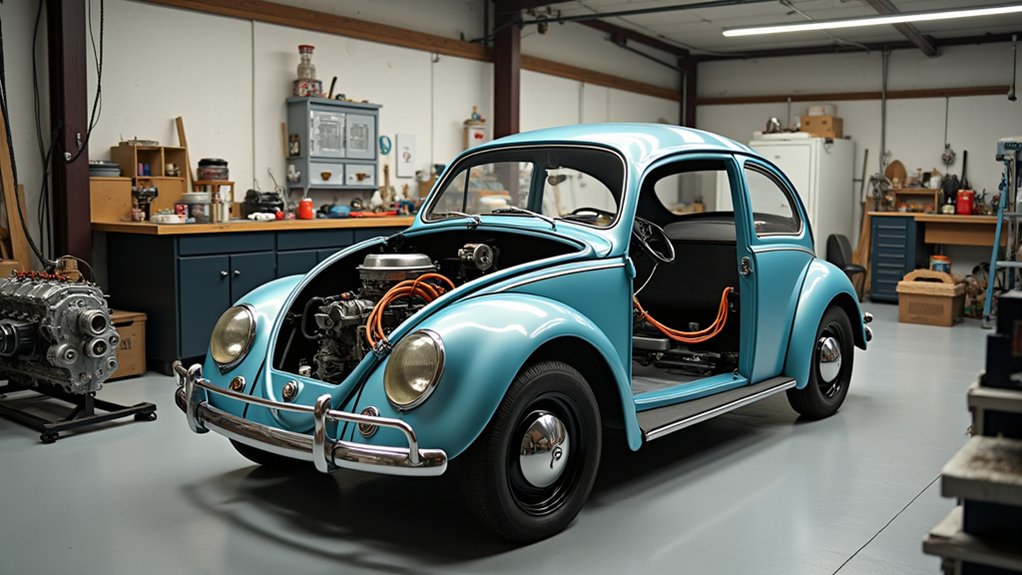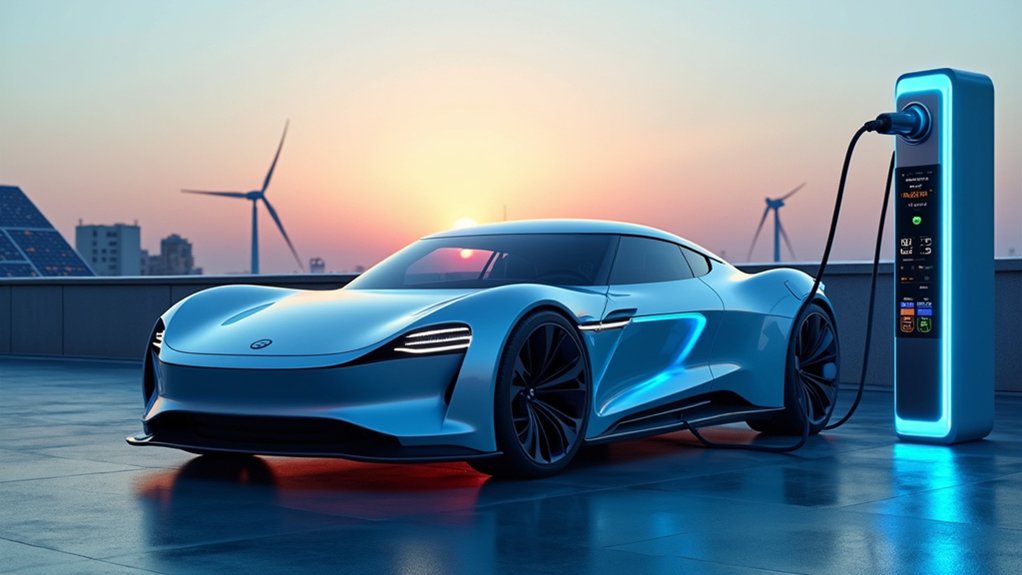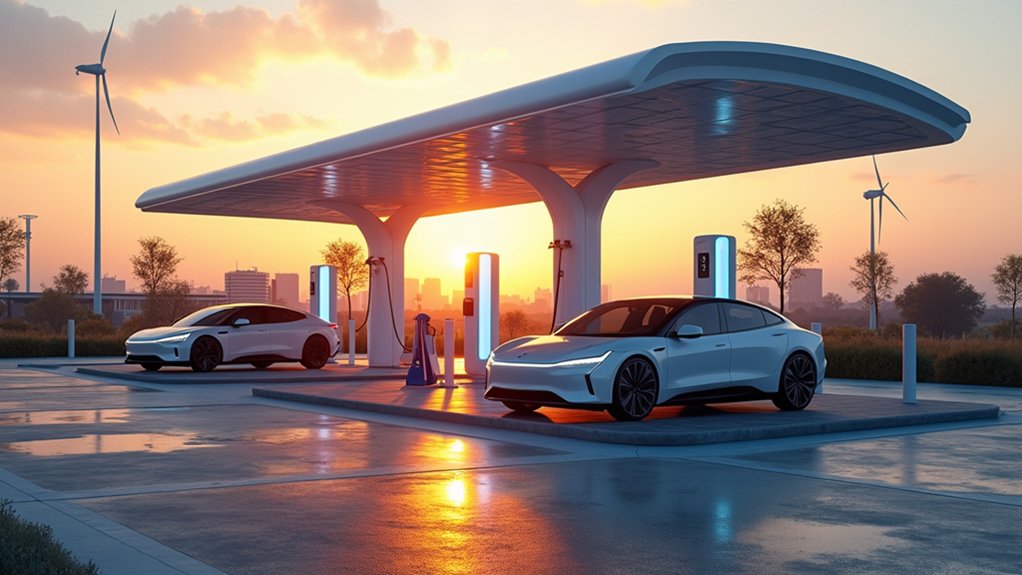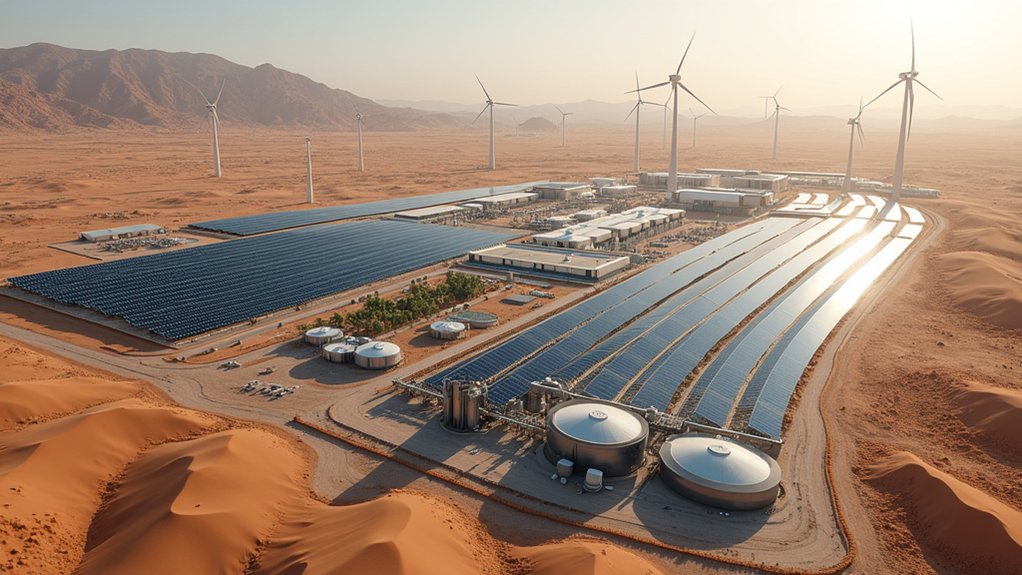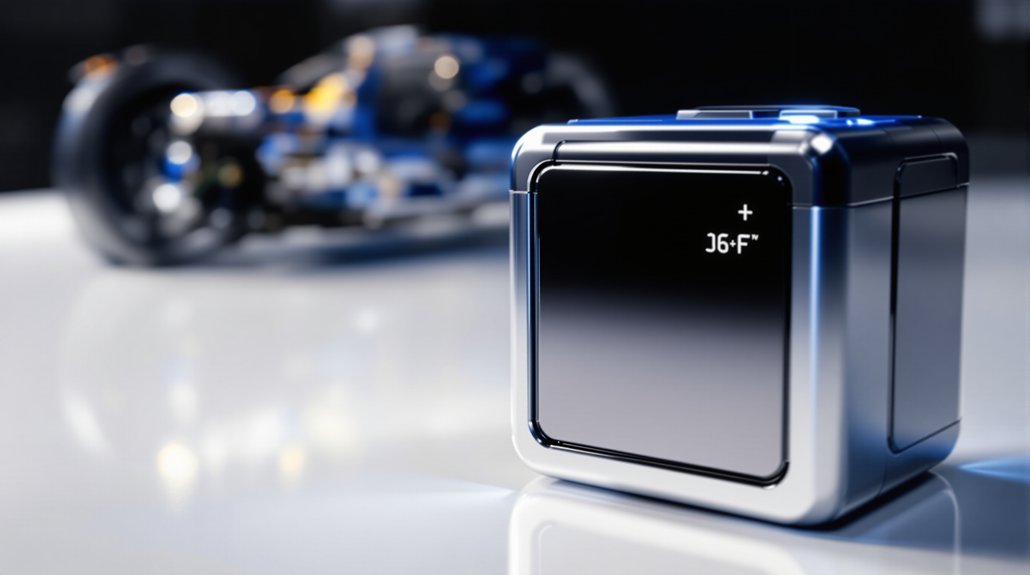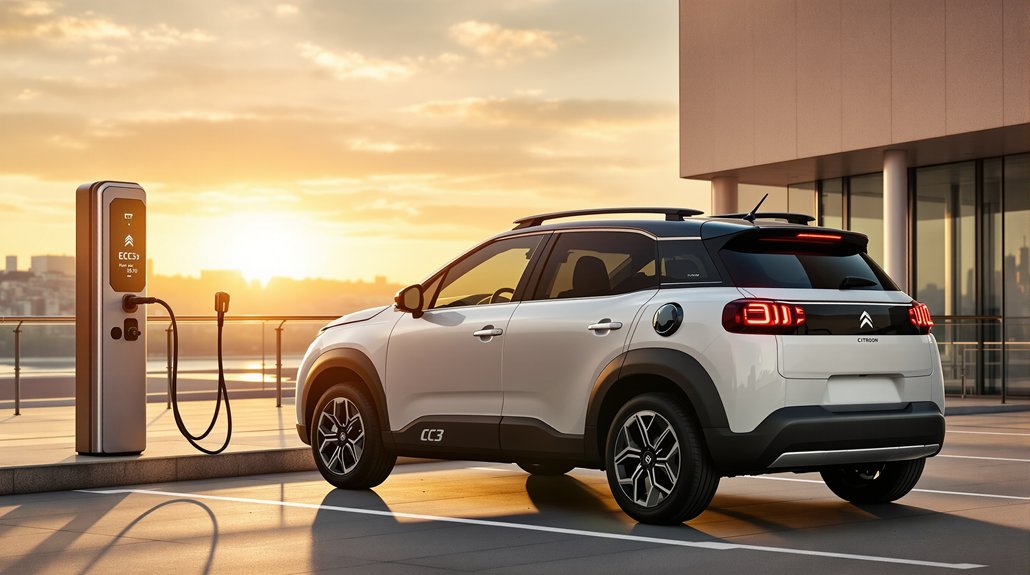EV conversions transform conventional vehicles into electric-powered automobiles by replacing combustion components with electric motors, battery packs, and control systems. Basic conversions start at $10,000, while premium builds can exceed $50,000, offering long-term savings through reduced fuel and maintenance costs. The process requires expertise in both automotive mechanics and electrical engineering, with careful attention to suspension, braking, and cooling modifications. Modern EV conversions represent a sustainable transportation solution that combines classic vehicle preservation with zero-emission technology, offering enthusiasts a path to explore the future of automotive innovation.

Electric vehicle conversions represent one of the most vital trends in automotive modification, offering enthusiasts and environmentally conscious drivers a way to transform classic or contemporary combustion vehicles into modern EVs. The process involves removing traditional internal combustion components, including the engine, fuel tank, and exhaust system, replacing them with electric motors, battery packs, and sophisticated control systems. DIY enthusiasts must conduct thorough research before embarking on any conversion project.
The economic aspects of EV conversion vary considerably, with basic conversions starting at $10,000 and premium projects exceeding $50,000. While the initial investment is substantial, long-term savings materialize through reduced fuel costs, lower maintenance expenses, and potential environmental subsidies. The enhanced resale value of converted vehicles, particularly in the growing electric market, can help offset the upfront costs. The industry has evolved from hobbyist activity to a thriving commercial sector. Modern conversions benefit from advances in lithium-ion technology, making batteries more energy-dense and efficient than ever before.
Converting vehicles presents several technical challenges that require careful consideration. Mechanics must upgrade suspension systems, modify brake components, and guarantee proper cooling for the electrical systems. The integration of modern instrumentation and optimization of drive software demands expertise in both traditional automotive mechanics and electrical engineering.
Popular donor vehicles include classic models like the VW Beetle and Porsche 911, while lightweight vehicles often prove ideal for DIY enthusiasts.
Environmental benefits stand as a primary motivation for EV conversions. By extending the life of existing vehicles while eliminating combustion emissions, conversions greatly reduce carbon footprints. The process aligns with circular economy principles, particularly when incorporating recycled components from other EVs. The resulting vehicles operate more quietly, contributing to reduced noise pollution in urban environments.
Testing and certification form essential final steps in the conversion process. Rigorous safety protocols guarantee compliance with legal standards, while performance testing validates range, acceleration, and reliability benchmarks.
The modular nature of EV conversions allows for future upgrades, such as enhanced battery capacity or improved motor performance, making them an adaptable solution for sustainable transportation. Commercial applications are expanding, with growing interest in converting utility vans and trucks for business use.
Frequently Asked Questions
How Long Does a Typical EV Conversion Take to Complete?
A typical EV conversion takes 2-4 months for standard projects, though timelines vary considerably based on complexity and parts availability.
Basic conversions can be completed in 4-8 weeks, while complex customizations may extend beyond 6 months.
Professional shops generally complete projects faster than DIY efforts.
Variables affecting duration include vehicle model, component sourcing, technical expertise, and required safety compliance testing.
Can My Classic Car’s Value Increase After an Electric Conversion?
Classic car values can increase considerably after EV conversion, with documented cases showing appreciation of up to 2,000% for premium models like the MG MGB Roadster.
Market data indicates that even modest classics like the Rover Mini have experienced 700% value gains post-conversion.
The combination of vintage aesthetics with modern EV technology creates unique collector appeal, while sustainability features attract environmentally conscious buyers, driving higher resale values.
What Certifications Do I Need to Legally Convert My Car?
Legal EV conversions require CARB certification in California, with mandatory inspection at authorized referee stations.
Converters must obtain a DMV Statement of Facts and complete documentation of components and installation processes.
The conversion must use CARB-certified kits or systems that meet emissions, durability, and warranty standards.
Additional regional requirements may apply depending on location, while Vehicle Code Section 27156 governs aftermarket modifications.
Will Converting My Car Void Any Existing Warranties?
Converting a vehicle to electric drive typically voids most manufacturer warranties, particularly those covering powertrain components.
Factory warranties explicitly prohibit unauthorized modifications, including EV conversions performed by non-certified technicians.
While some warranties for non-affected systems may remain intact, critical components like batteries, motors, and electronic systems lose coverage.
Manufacturers like Ford maintain specific policies that might allow partial warranty retention for unmodified components under certain conditions.
Can I Switch Back to Gasoline if I’m Not Satisfied?
Switching back to gasoline after an EV conversion is technically possible but rarely practical.
The process involves extensive reconstruction, with costs often exceeding $15,000-20,000. Original mounting points, fuel systems, and chassis modifications create significant compatibility challenges.
Most EV conversions permanently alter the vehicle’s structure, making restoration to ICE configuration impractical.
Additionally, regulatory recertification may be required, further complicating the reversal process.
